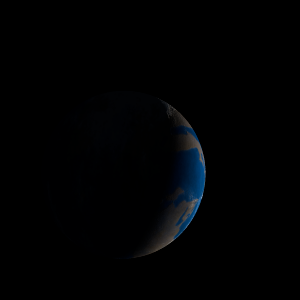|
|
Space Astro
|
Info for exoplanet "Rosasyco"
| Scientific (actual) data |
|---|
| Name | Kepler-339 b |
| Planet status | Confirmed |
| Radius | 0.127 |
| Orbital period | 4.97766 |
| Semi major axis | 0.055 |
| Discovered | 2014 |
| Updated | 2021-02-05 |
| Tconj | 2454970 |
| Impact parameter | 0.6 |
| Publication | Announced on a website |
| Detection type | Primary Transit |
| Alternate names | 2MASS J19332441+4826407 b, K01931.01, KIC 10978763 b, KOI-1931 b, KOI-1931.01, WISE J193324.41+482640.6 b |
| Star name | Kepler-339 |
| Right ascension | 293.35° |
| Declination | 48.44° |
| Mag j | 13.28 |
| Mag h | 12.895 |
| Mag k | 12.874 |
| Star distance | 627.67 |
| Star metallicity | -0.237 |
| Star mass | 0.84 |
| Star radius | 0.8 |
| Star temperature | 5631 |
| Star alternate names | 2MASS J19332441+4826407, KIC 10978763, KOI-1931, WISE J193324.41+482640.6 |
| Wikipedia article | Kepler-339 b |
Back
| |
| Fictional info (?) |
|---|
| Suggested name | Rosasyco |
| Planet type | Hot planet |
| Wind speeds can reach 45 metres per second. |
| Atmosphere | Nitrogen | 53% |
| Ethane | 33% |
| Neon | 12% |
| Nitric oxide | 0.62% |
| Xenon | 0.49% |
| Atmospheric pressure | 20 bar |
 |
| No known satellites |
| Google search for Rosasyco |
|
Website by Joachim Michaelis
|
|
|
|